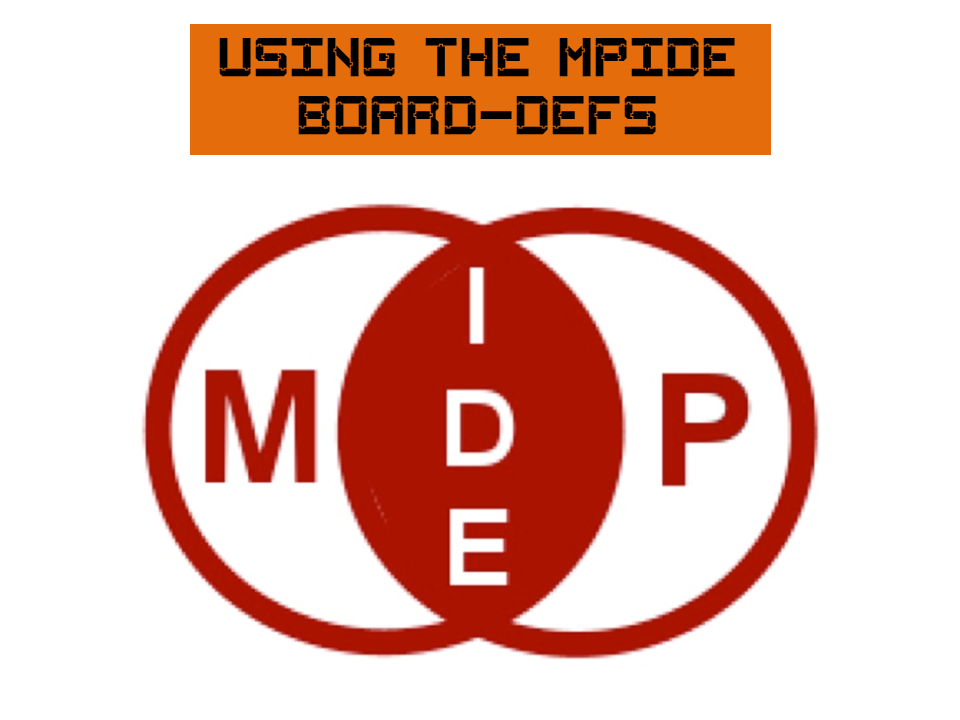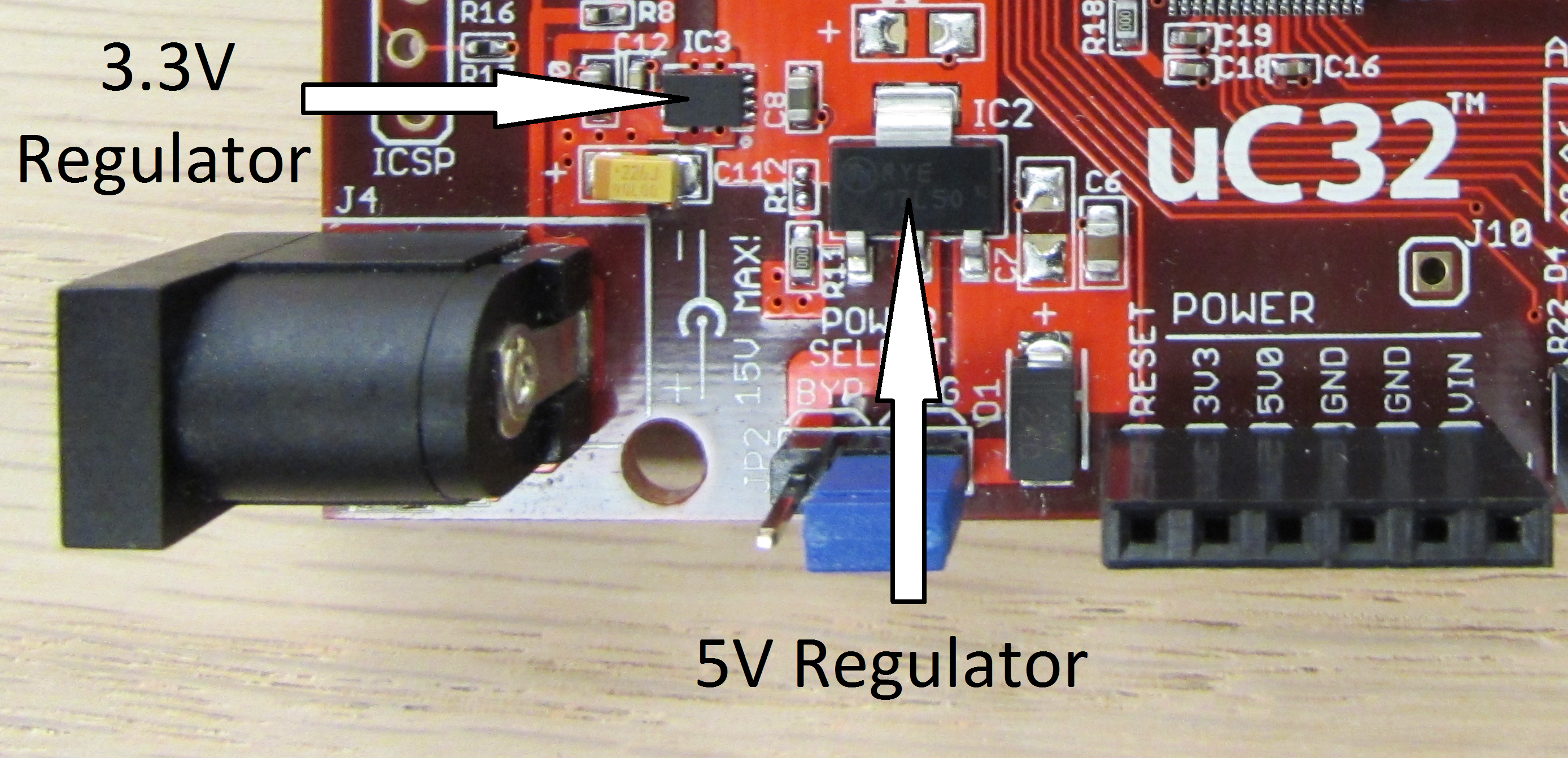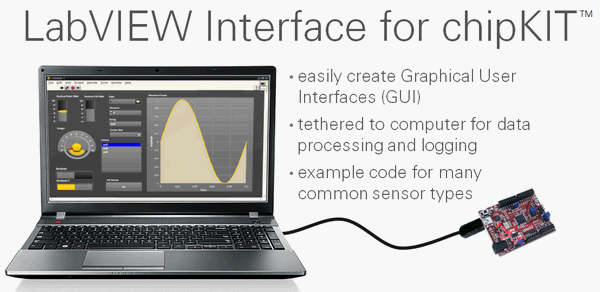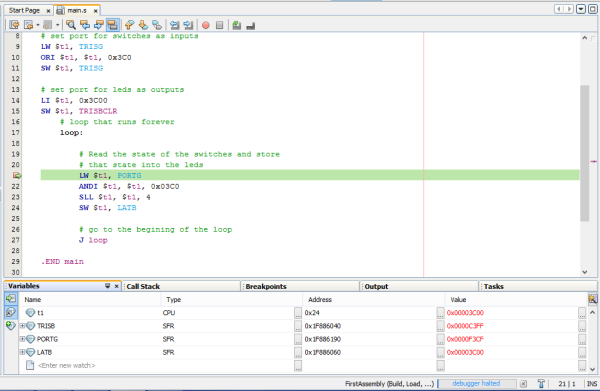- Get Started
- Learning
- Products
- Blog
- Beginner
For first time users of chipKIT modules. - Intermediate
For users who have a moderate exposure with chipKIT modules. - Advanced
For users who are experts with chipKIT modules. - Developers
- About Us
- Support
chipKIT Board Definitions

If you have ever wondered why some example sketches "know" what PIN_LED1 means, then you'll be glad to know that it's not magic. PIN_LED1 is an example of a shortcut in the board definition file, a file for each board that contains detailed information about the pins on each board. Check out Jay's Instructable for how to find and use the board definition files on Mac OS X and Windows.
Read more -->Powering chipKIT

Ever wanted to power your chipKIT board without having to go through the USB cable (usually plugged into your computer)? Well, there is good news for you. Digilent has a blog post about how you can power your chipKIT without frying it, plus some useful tips.
Happy Powering!
Read more -->LabVIEW: LINX and chipKIT

Do you use LabVIEW? Well even if you don't, you might decide to try it once you hear what's in store for those who do. A relatively new LabVIEW interface called LINX actually supports the chipKIT platform, though support really isn't such a new thing. As you can see in this post
Read more -->MPIDE vs MPLAB IDE

If you're like me, mixing up things that sound alike is not difficult to do. For example, I can easily mix up chipKIT and PICkit, especially if I'm tired and I'm not thinking well. MPIDE and MPLAB IDE are a close second; they just sound too much alike. So it's not difficult to see that if the names mix you up and you don't really know that much about either of them, you might wonder what distinguishes the two and why you'd want to use one over the other. For a quick summary
Read more -->Exosite Cloud and chipKIT

Exosite has put together an open-source example application and library to help you create your own IoT application using either the chipKIT WF32 standalone or the chipKIT uC32 and chipKIT WiFi Shield together. Their example code and library show you how to access the Exosite cloud.
Check out [Exosite's support
Read more -->